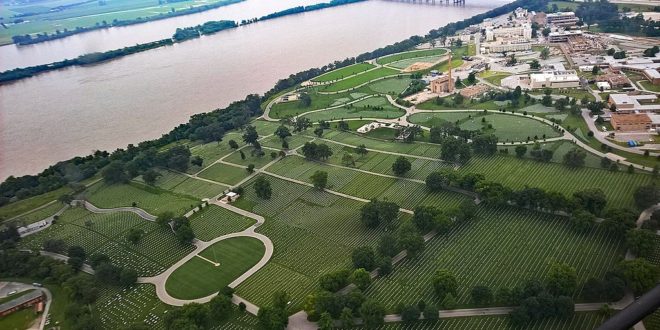Podcast: Play in new window | Download (Duration: 59:01 — 81.0MB)
 Today’s show is Part One of our conversation with Walter Johnson on his book The Broken Heart of America: St. Louis and the Violent History of the United States published by Basic Books
Today’s show is Part One of our conversation with Walter Johnson on his book The Broken Heart of America: St. Louis and the Violent History of the United States published by Basic Books
We’ll open with “Skin Deep” from Duke Ellington’s “Black, Brown and Beige” performed here by Louie Bellson and His All-Star Orchestra featuring St. Louisan Clark Terry on flugelhorn.
Terry’s first album was released in 1955, performed with Ellington during his career-reviving Newport Jazz Festival appearance the very next year. Over 50 years later, In 2010, at age 89, he received a Grammy Lifetime Achievement Award, an honor he shares with trumpeters Louis Armstrong, Dizzy Gillespie, and Miles Davis, who he mentored.
Clark Terry was born in St. Louis, Missouri on December 14, 1920 and attended Vashon High School (that’s important information in St. Louis, trust me). Vashon opened in 1927 and was the second high school for Black students after Sumner High School which was established in 1875. Vashon is located on Laclede Avenue: Laclede Avenue which runs from east to west starting in Midtown, through the Central West End, and stopping at Forest Park, demarcates the official division line between north and south St. Louis. Named in honor of Pierre Laclede, a French fur trader who founded St. Louis in 1764, in what was then Spanish Upper Louisiana. Or rather in what was then territory inhabited by multiple indigenous tribes like the Osage, the Miami, and the Sioux. There are currently no federally recognized tribes in the state of Missouri. Most of the indigenous people who once inhabited land in Missouri were forced to leave and resettle in Indian Territory (present day-Oklahoma, Nebraska, and Kansas) during the Indian Removal Act of 1830.
And as Ishmael says in Chapter 1 of Moby Dick, “Loomings”…this is the key to it all.

St. Louis was a staging post for Indian removal and imperial expansion where many of the so-called great generals of the Civil War were trained in Indian-killing, and its wealth grew on the backs of its poor black residents, from slavery through redlining and urban renewal. But it was once also America’s most radical city, home to Communist soldiers and newspaper editors, site of the Civil War’s first general emancipation, and the nation’s first general strike, the Great Railroad Strike of 1877…where we’ll end part one of our conversation.
We begin with Lewis & Clark, romanticized explorers opening the path to manifest destiny and the great white way of violence and debt peonage.
 GUEST
GUEST
Walter Johnson, the Winthrop Professor of History and Professor of African and African American Studies at Harvard University, grew up in Columbia, Missouri, about 100 miles west of St. Louis. His recent books are River of Dark Dreams: Slavery and Empire in the Cotton Kingdom and Soul by Soul: Life Inside in the Antebellum Slave Market.
RELATED
Racism and Capitalism in St. Louis by David Roediger
To Remake the World: Slavery, Racial Capitalism, and Justice (Boston Review Forum)
No Rights Which the White Man Is Bound to Respect by Walter Johnson
MUSIC
“Skin Deep” from Duke Ellington’s “Black Brown and Beige” performed by Louie Bellson and His All-Star Orchestra featuring St. Louisan Clark Terry on flugelhorn
“Market Street Stomp” by Charles Creath (Jazz-O-Maniacs)
“Terry’s Mood” – off of the album Louie and Clark Expedition 2 from Louie Bellson and Clark Terry.
“Market Street Blues” by Charles Creath (Jazz-O-Maniacs)
“Emancipation Proclamation” from Duke Ellington’s “Black Brown and Beige” performed by Louie Bellson and His All-Star Orchestra
Station ID – “Flugelin’ the Blues” – Clark Terry from In Orbit
CREDITS
Producer & Host: Doug Storm
Executive Producer: Kade Young
 WFHB Bloomington Community Radio
WFHB Bloomington Community Radio


